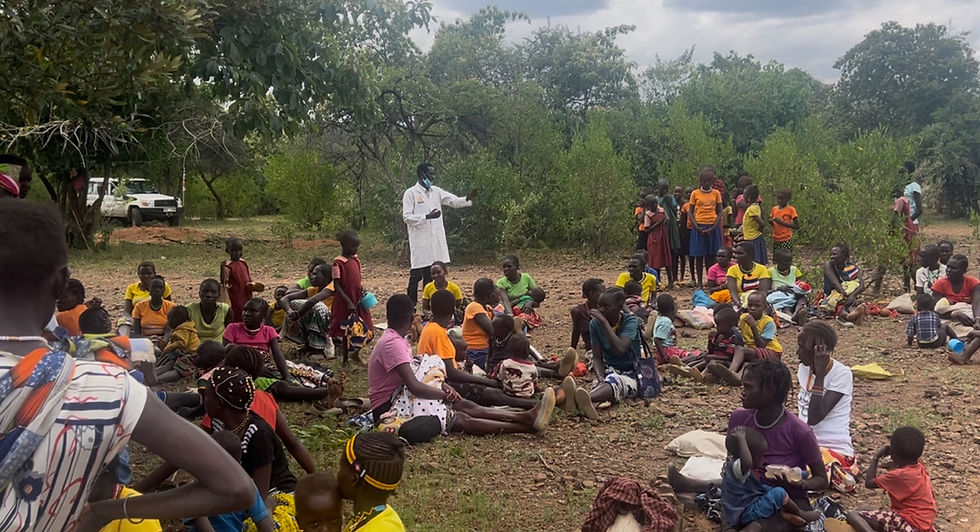A Trip to Gilgil
- Katherine O'Brien
- Jun 22, 2023
- 2 min read
May 2023
In early May, we took a day trip from Nairobi to the town of Gilgil, near Nakuru. Gilgil is known for their high prevalence of cutaneous leishmaniasis (CL), which is a form of leishmaniasis characterized by painful skin lesions. It is highly stigmatized and often leads to intense social isolation. While we primarily work with visceral leishmaniasis, it was interesting and important to see the other main form of the disease.
When we arrived at Gilgil Sub-County Hopsital (GSCH), we were greeted by the public health team and learned more about the work going on in Gilgil and the status of CL. We learned that outreach activities in Gilgil have slowed down, and case finding and treatment of CL has become more difficult. We also discussed the need for implementation research in the area.
Following that conversation, we met with Esther Kinyeru, the head clinician responsible for the treatment of CL at Gilgil. We observed as she cleaned the skin lesions of an elderly patient who had been infected with CL over 10 years prior. The skin lesions were on one of her legs, and she had been wearing tall socks so that no one would see the lesions when she was in public. This was one of our first indicators of the prevalence of social stigma surrounding CL.
Next, we took a trip into the field for a small treatment clinic. There were 5 patients who arrived for their injections. Treatment for CL consists of an injection of SSG directly into the skin lesions, which is incredibly painful. There were 3 children receiving treatment, and it was difficult to watch them cry as they received the medication. But, we bought them lollipops to give them after their shot, and that seemed to help a tiny bit.
What surprised me about the CL treatment was how small some of the lesions were. One patient just had a tiny lesion about the size of a dime. When learning about CL, we are often shown pictures of the lesions in a severe form, and it was interesting to see the different manifestations and severity of CL.
After we got back to the hospital, we visited the psychiatric ward. GSCH has been operating a psychiatric ward and caring for mentally ill patients for over 60 years. It was interesting to see the difference between the male and female wards because the male patients were primarily there for substance use disorder, while the female patients were there for mental disorders such as bipolar disorder or schizophrenia. We were able to interact with the female patients, and even sang and prayed with them. Our trip to Gilgil was very meaningful, educational, and served as motivation to continue working in global health.





Comments